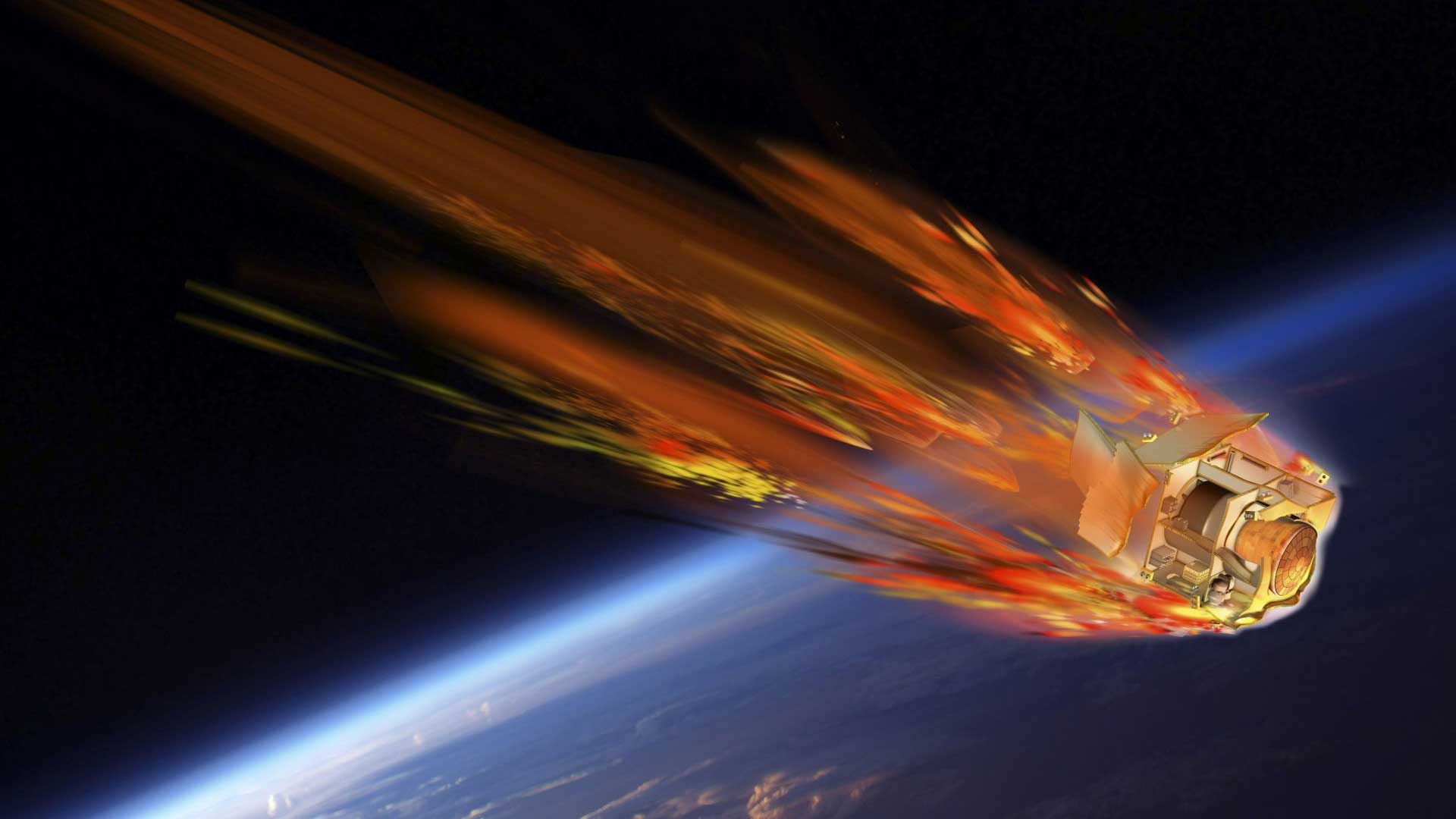
The Spanish space technology company Deimos has been awarded a €17 million European Space Agency contract to develop a capsule designed to study the dynamics of Earth reentry.
An agreement signed on 24 September awarded an initial €3 million to Deimos, enabling the company to start developing the mission. According to Carlos Manuel Entrena Utrilla, Deimos’ Head of Business Development for the company’s Flight Segment, the contract marks the first time Deimos has acted as the prime contractor for a full European Space Agency (ESA) mission.
The Destructive Re-entry Assessment Container Object (DRACO) will gather valuable data on reentry dynamics to help researchers design satellites that break up more easily during reentry. It will also allow for a greater understanding of what effect satellite reentry has on Earth’s atmosphere.
DRACO will feature 200 individual sensors and four cameras. It will, however, not feature a propulsion system, as ESA aims to study an uncontrolled reentry. Instead, following launch, the rocket will deploy the satellite into a destructive orbit at an altitude of no more than 100 kilometres. According to ESA, the baseline for the mission is that it will last no more than 12 hours.
Once reentry is complete, a 40-centimetre capsule, essentially the mission’s black box, will deploy a parachute to slow its descent. It will then connect to a geostationary satellite to transmit the collected data within a 20-minute window before splashing down in the ocean to end the mission.
While many of the mission’s details are clear, there do appear to be a few that are disputed by the parties involved.
A Deimos update stated that the mission would utilize a 150-kilogram satellite and that it would be launched in 2026. However, according to ESA, it will be approximately 200 kilograms with a launch expected in 2027. Deimos has also called it a demonstration of a “controlled satellite break-up,” while ESA refers to it not being “directly controlled.” So, 175 kilograms, semi-controlled, and a late 2026 to early 2027 launch?
DRACO, meet KLARA
While DRACO is the first to a contract award, it’s not the only project in town aimed at studying reentry dynamics. In July, the French space agency CNES published a call for the development of its KLARA (Kit de mesures pour LA Rentrée Atmosphérique/Measurement Kit for Atmospheric Re-entry) capsule. The specifics of this CNES project are, however, significantly different.
Instead of being launched as a standalone demonstrator, KLARA will be strapped to a host satellite. The capsule will remain with its host satellite for approximately five years until it’s time for it to be deorbited at the end of its life.




